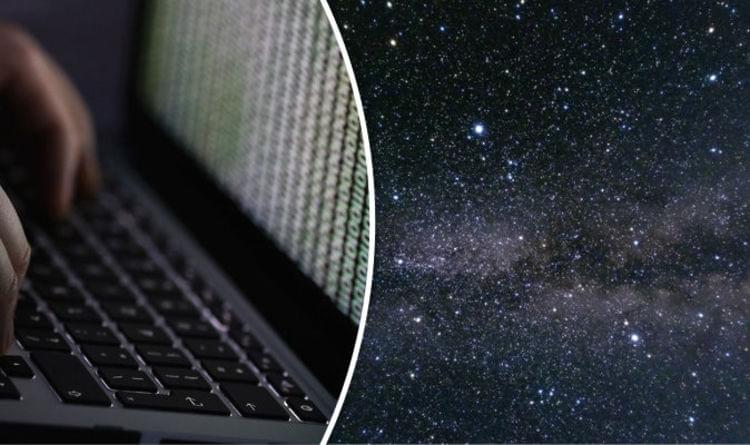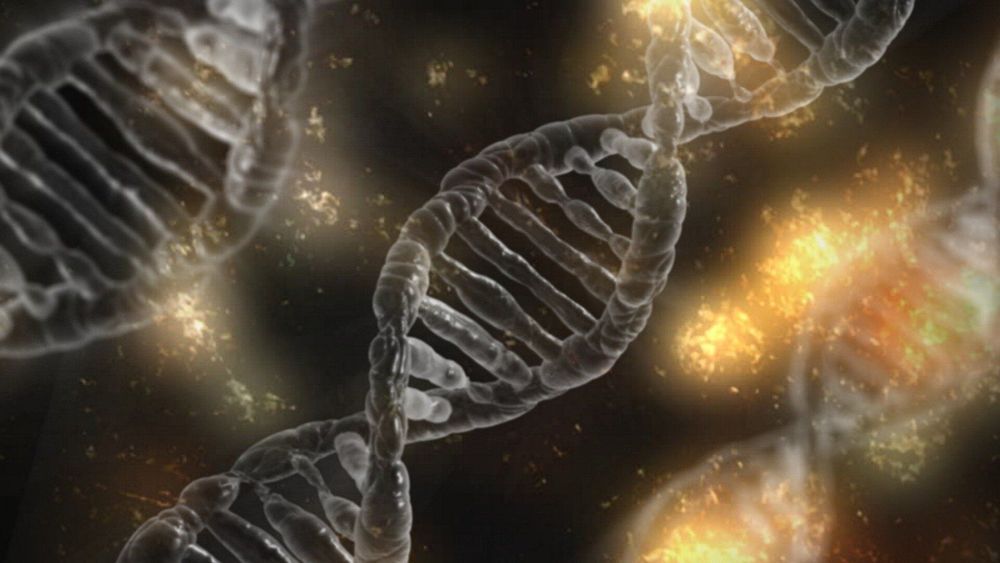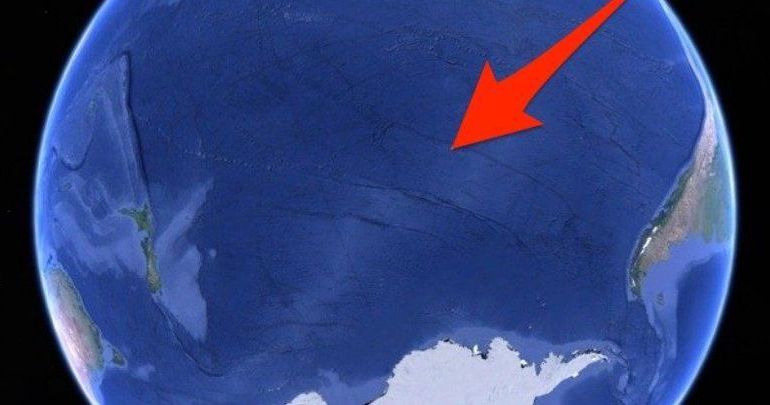Page 7879
Jun 7, 2019
Godzilla, King Kong: films are actually spot on in how to defeat kaijus – mathematician
Posted by Quinn Sena in category: entertainment
How do you get rid of a giant pest like Godzilla, King Kong, or any of the other assorted kaiju (Japanese for “strange beast”)? Evidence from films suggests that these monsters are highly destructive and tremendously difficult to kill.
To a mathematician, however, this situation is nothing more than a predator-prey interaction problem. By accurately simulating the properties of the species we want to eradicate, we can predict the required properties of the predators we would need to create. If we look to the movies that made them famous, we find two alternative strategies for dealing with an invasion of multiple monsters. We could build our own mechanical monsters, or create a kaiju of our own.

Biology professor and researcher Christopher Cullis said he pondered two big questions when he first caught sight of the wild marama bean plant, its definitive patches of green leaves standing out in contrast from among an otherwise parched and brown Namibian landscape.
“Why isn’t this plant affected by the lack of water like everything else—and why isn’t it being eaten by any wildlife?” Cullis said, turning one of the walnut-sized beans over in his fingers and recalling his first trip to the coastal southwest African country about a decade ago. “The answers to those questions make this a very interesting and important legume.”
Jun 7, 2019
Everything as Code: The future of ops tools
Posted by Quinn Sena in categories: futurism, innovation

How do we manage our complex, multi-cloud, hybrid infrastructures? Seth Vargo maps the operations tooling ecosystem you need to know in order to maintain your sanity, but he also looks into the future of infrastructure as code tools and what cool innovations we can expect.
Jun 7, 2019
Startup Unveils Freakish-Looking Flying Car With Folding Wings
Posted by Genevieve Klien in category: transportation
Jun 7, 2019
The theory of everything: The universe is ‘like a COMPUTER underlined
Posted by Quinn Sena in categories: computing, space
Physicists have long sought to find one final theory that would unify all of physics. Instead they may have to settle for several.
- By Stephen Hawking, Leonard Mlodinow on October 1, 2010
Jun 7, 2019
CRISPR-associated transposons able to insert custom genes into DNA without cutting it
Posted by Quinn Sena in categories: bioengineering, biotech/medical, genetics, health
A team of researchers affiliated with the Broad Institute of MIT and Harvard, MIT and the National Institutes of Health has found that CRISPR-associated transposons can be used to insert custom genes into DNA without cutting it. In their paper published in the journal Science, the group describes their new gene-editing technique and how well it worked when tested in a bacterial genome.
The CRISPR gene editing technique has made headlines in recent years due to its potential for treating hereditary diseases. Unfortunately, despite much research surrounding the technique, it is still not a viable option for use on human patients. This is because the technique is error-prone—when snipping strands of DNA, CRISPR sometimes cuts off-target DNA as well, leading to unintended and unpredictable consequences (and sometimes cancerous tumors). In this new effort, the researchers have found a way to use CRISPR in conjunction with another protein to edit a strand of DNA without cutting it—they are calling it CRISPR-associated transposase (CAST).
Prior research has shown that certain pieces of DNA called transposons are, for unknown reasons, able to reposition themselves in a genome spontaneously—for this reason, they have come to be known as jumping genes. Not long after they were discovered, researchers noted that they might be used for gene editing. This is what the researchers did in the new study. They associated a transposon called Tn7 with the Cas12 enzyme used with CRISPR to edit a section of a bacterial genome. In practice, CRISPR led the Tn7 transposon to the target location in the genome—at that point, the transposon inserted itself into the genome without cutting it.
Jun 7, 2019
A quantum simulation of Unruh radiation
Posted by Quinn Sena in categories: cosmology, particle physics, quantum physics
Researchers at the University of Chicago (UChicago) have recently reported an experimental observation of a matter field with thermal fluctuations that is in accordance with Unruh’s radiation predictions. Their paper, published in Nature Physics, could open up new possibilities for research exploring the dynamics of quantum systems in a curved spacetime.
“Our team at UChicago has been investigating a new quantum phenomena called Bose fireworks that we discovered two years ago,” Cheng Chin, one of the researchers who carried out the study, told Phys.org. “Our paper reports its hidden connection to a gravitational phenomenon called Unruh radiation.”
The Unruh effect, or Unruh radiation, is closely connected to Hawking radiation. In 1974, theoretical physicist Stephen Hawking predicted that the strong gravitational force near black holes leads to the emission of a thermal radiation of particles, which resembles the heat wave emitted by an oven. This phenomenon remains speculative with no direct experimental confirmation.
Continue reading “A quantum simulation of Unruh radiation” »
Jun 7, 2019
There’s a Hidden Spacecraft Dump Deep in The Ocean — Here’s What’s Down There
Posted by Genevieve Klien in category: space travel
The most remote location on Earth has many names: It’s called Point Nemo (Latin for ‘no one’) and the Oceanic Pole of Inaccessibility. Most precisely, its exact coordinates are 48 degrees 52.6 minutes south latitude and 123 degrees 23.6 minutes west longitude.
The spot is about 2,250 km (1,400 miles) from any spot of land — and the perfect place to dump dead or dying spacecraft, which is why it’s home to what NASA calls its “spacecraft cemetery.”
“It’s in the Pacific Ocean and is pretty much the farthest place from any human civilisation you can find,” NASA said.
Continue reading “There’s a Hidden Spacecraft Dump Deep in The Ocean — Here’s What’s Down There” »
















